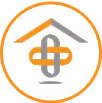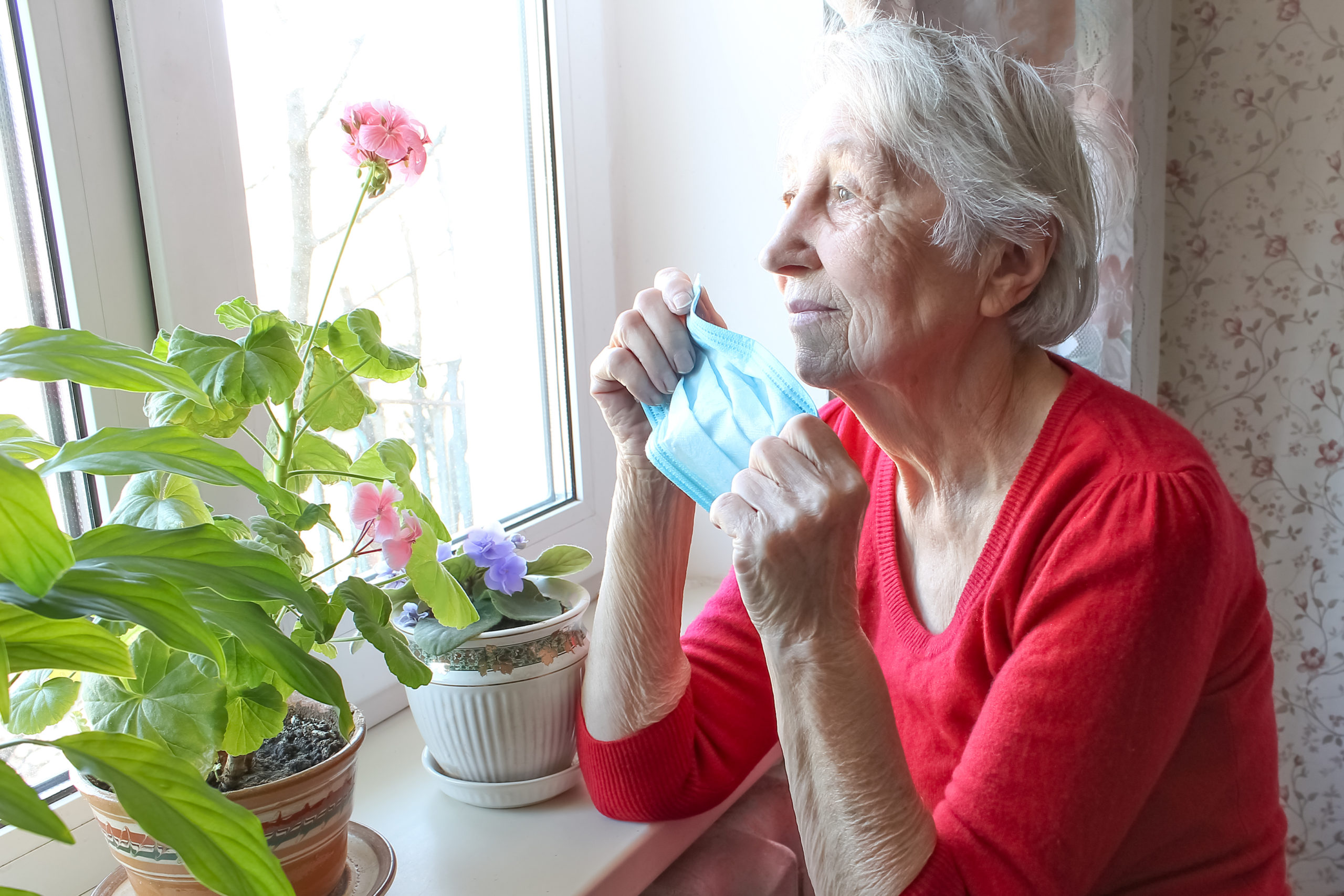BUILDING OCCUPANCY IN NEW COMMUNITIES

With a substantial percentage of residents vaccinated and fewer coronavirus cases reported in senior living facilities, there is finally hope on the horizon for senior housing. According to the newly released NIC MAP Data, while the path to recovery might take a while, demand for senior housing is undoubtedly headed in the right direction. However, this demand is expected to turn senior housing into a highly competitive market. The data also shows an influx of new inventory – over 4,300 units in the second quarter of 2021, slowing occupancy. New communities now need to contend with fierce competition, an acute shortage of professional caregivers, and safety concerns around living in congregate settings. This blog will discuss how technology can assist these communities in ramping up occupancy, engaging staff, and facilitating superior care.
Not just any technology solution will do
The pandemic catapulted the adoption of technology in senior living and highlighted its inherent value in the day-to-day life in a senior living community. But with so many innovations happening around senior care, how do you determine which technology solution will deliver the best results for you?
Technology that is successful must add value, not create more complexity, devices, software interfaces, and training for the staff and residents. Point solutions focused on addressing narrow functions in senior living clutter the operator experience and tie up valuable IT resources. An all-in-one integrated solution that meets the needs of all the stakeholders drives a better user experience, simplifies processes within the community, and provides consistent, actionable data for management.
Proactive care is needed for better health outcomes in residents
The pandemic highlighted the grim reality of the reactive approach to senior care. To rebuild trust and convince families of your ability to keep residents safe, you need to take proactive steps and provide preventive senior care. Resident activity and safety monitoring solutions like CarePredict, use unobtrusive wrist wearable technology to capture senior behavior and activity data. The system alerts the staff when a resident’s normal daily activity and behavior patterns change in a way that could indicate potential health concerns. The solution also identifies an increased risk of falls or potential hospitalizations for residents. This ability to detect the early signs that might be imperceptible to humans provides your staff with actionable information far earlier when interventions will be most effective. In a recent peer-reviewed and published study, CarePredict reduced unplanned hospitalizations by 39 percent, falls by 69 percent, leading to a 67 percent increase in the average length of stay for a resident.
See the revenue saved from preventing fall move-outs in a community.
Technology can augment human observation and act as a force-multiplier
A growing gray population means that we will need more staff to care for older adults. Senior care is already facing unprecedented shortages. Eighty-one percent of assisted living providers in a recent AHCA/NCAL survey reported facing staff shortages. Technology can help drive efficiencies in care and augment caregivers, allowing the care staff to spend more time with residents. In a recent survey, 82 percent of staff indicated that they see technology as highly valuable. Implementing solutions such as CarePredict’s real-time location systems that provide the precise location of staff and residents can be both time and lifesaving. CarePredict’s advanced call button includes a two-way voice functionality that allows staff to check on the residents directly via their wrist-worn wearable and prioritize care. The system also provides unprecedented visibility into staff responsiveness to alerts and offers significant insights into the quantity and quality of care being provided to each resident. In the published study, CarePredict improved staff response times by 37 percent.
Get the competitive advantage
Adopting state-of-the-art technology allows you to raise the standard of care by shifting the senior care paradigm from reactive to proactive. It also allows you to provide peace of mind to families by providing objective data on the quality and quantity of care you provide. Communicating these distinct offerings can help increase conversions from tours to move-ins.
CarePredict’s advanced AI solution with a single pane of glass for staff, management, and resident care, delivers a distinct advantage to your communities. A two-year pilot study revealed that the use of CarePredict in the communities’ marketing and sales efforts led to a 60 percent greater occupancy ramp-up rate.

The average occupancy rates within the first five months of opening in communities with and without CarePredict. Communities using CarePredict saw a 60% higher occupancy ramp-up rate.
See how Grand Village is using CarePredict to demonstrate safety and responsiveness in their tours.
Go Here to learn more or book a demo.

Related Blogs






